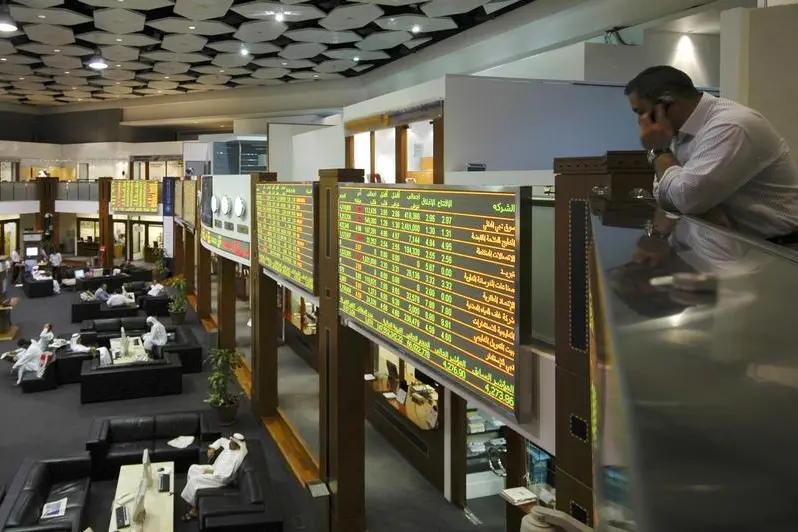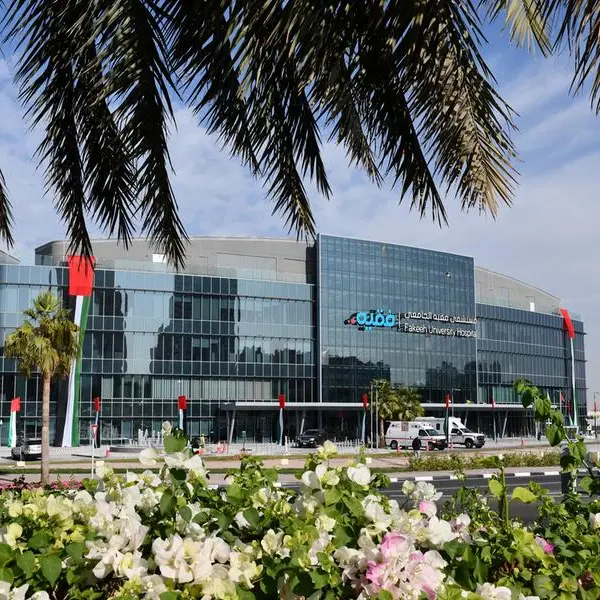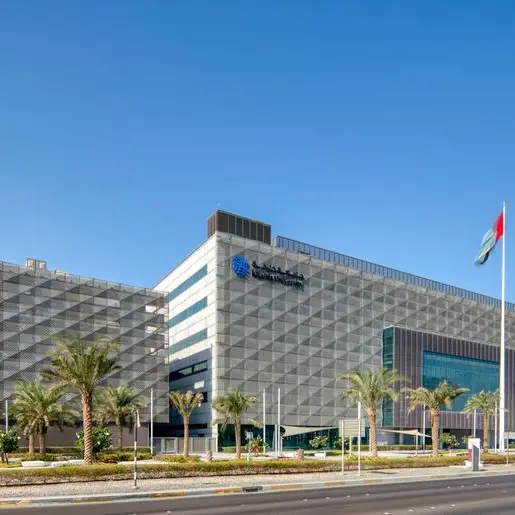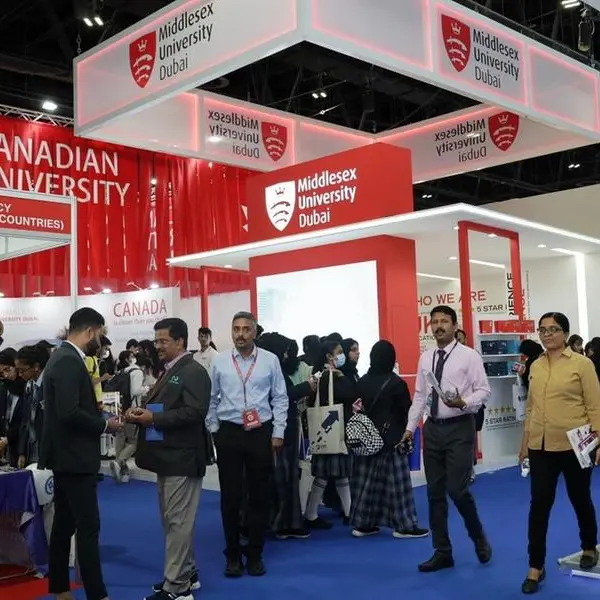PHOTO
The equity markets of the Middle East and North Africa have been derailed many times over the last fifteen years. The bursting of the 2006 bubble, the lagged impact of the global financial crisis, the Arab Spring protests, regime changes and the GCC split have all brought an end to periods of optimism on the investment merits of the region. Some fear that the potential abandonment of the Iran nuclear deal by the US, and the resulting increase in regional geopolitical risk, may prove the next stumbling block. But a confluence of factors is more likely to bring the region, for all its imperfections, back to the fore of international investors in the coming year.
WELLPOSITIONED FOR THE NEW GLOBAL NORMS
Relative to emerging and frontier market peers, the GCC is well positioned for the change in US interest rate expectations (faster, larger hikes) and the significant rise in oil prices (a near doubling in the last year). Despite a ramp up in government bond issuance, the GCC still has relatively low external, US dollardenominated debt as a percentage of GDP. This will matter as peers are squeezed on servicing their proportionately higher external debt. In the GCC, higher oil prices obviously mean higher growth, in the form of public sector spending on projects and welfare benefits. For oil importing peers they portend higher inflation and current account pressure.
If the turn in the US interest rate cycle also prompts strengthening of the US dollar then, again, the GCC is relatively wellpositioned from the perspective of foreign investors, because of its pegged currencies. The likes of Morocco and Egypt do not share these characteristics, but they have at least already put in place reforms on currency flexibility which should allow them to adjust more easily in the event of a rally on the US dollar.
HEDGED IF IRAN DEAL ENDS
If the Iran nuclear deal is effectively scuppered by US President Donald Trump then the view of many is that this will create a riskier environment for regional geopolitics. Equally important for investors is that any ultimate restrictions on the supply of Iranian oil would occur at a time when global oil supply and demand is the tightest it has been in years. In other words, the oil price would likely increase, and this arguably hedges the GCC investment case.
Geopolitically, if a more virulent Iran emerged from the end of the nuclear deal, the likelihood of closer relations, including financial support, between the GCC and traditional regional allies, such as Egypt, Jordan, Morocco, likely increases: a partial hedge.
REFORMS REGARDLESS OF THE OUTSIDE WORLD
Away from the global factors of US interest rates, oil prices and Trump’s foreign policy, there are ongoing reforms within the GCC and wider region that make many of the individual countries in the region, on their own merits, more interesting investment destinations compared to five or ten years ago. For some, austerity actions have addressed some of the immediate fiscal stresses.
Economic transformation agendas, in terms of nonoil diversification and localisation, while still very early and fraught with implementation risk, at least provide a more coherent strategy to address the longstanding demographic and economic challenges facing the GCC when compared against the traditional default position of simply ramping up fiscal spend in the face of any challenge. Succession risk has, in part at least, been resolved more quickly than had been feared. This description of the GCC could not have been applied the last time the oil price was above $70 in late 2014.
Outside the GCC, there have been significant structural reform actions in Egypt and Morocco, which has potentially put these economies on a surer fiscal footing and on a path to strengthening manufacturing, jobcreation and current accountreducing exports. Both countries have taken action on fuel subsidies and civil service wages. Morocco has even addressed pension reform.
Few countries in the smaller frontier and emerging markets world have seen their top export item change from a commodity (fertiliser) to a manufactured good (automobiles) in the last few years in the way that Morocco has. Economic freezones, cheap labour and low tariff access to the EU have enabled this. In Egypt, the combination of abundant cheap labour, the Suez Canal transit hub, the bankruptcy, industrial licencing and investment laws, as well as the country’s own low tariff agreement with the EU may replicate this export success in the coming years.
In advance of this manufacturing export growth, Egypt’s development of new gas reserves and the recovery in tourist numbers should kick in. In Jordan and Lebanon, while there is a less clear path to manufacturing exports and both have suffered a burden on security and public infrastructure from the influx of Syrian refugees, there has at least been belated fiscal reform and the mobilisation of external credit from geopolitically aligned countries.
Insulated from pressing global risks, and while imperfect, now too big to ignore The MENA opportunity for foreign investors remains imperfect: excessive fragmentation which restricts the creation of scale economies; too much control by state owned enterprises, which inhibits innovation; and a level of geopolitical unrest that will always be too high for some. But the region may cope with an era of higher US interest rates, higher oil prices and, potentially, a return of US dollar strength significantly better than its peers. In isolation from global context, the reform actions undertaken in many of the region’s individual countries make for more compelling investment cases compared with the recent past. And with five of the region’s largest markets currently, or likely to be, included in mainstream emerging market indices, MENA is certainly no longer a region that international investors can ignore.
OUR FAVOURITE POCKETS
Our favourite pockets in the regional public equity universe are determined on the basis of attractive valuation versus history, positive exposure to the fundamentals of rising US rates, higher oil prices or domestic transformative reform, or potential benefits from index related fund inflows: Egyptian construction, real estate and investment banks; GCC banks (particularly the Islamic ones); GCC chemicals; Lebanon banks; and Saudi healthcare.
© 2018 CPI Financial. All rights reserved. Provided by SyndiGate Media Inc. (Syndigate.info).












